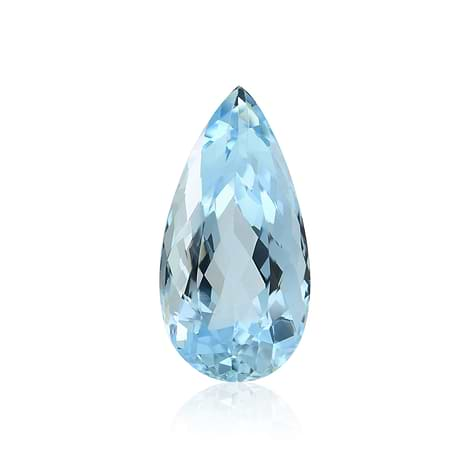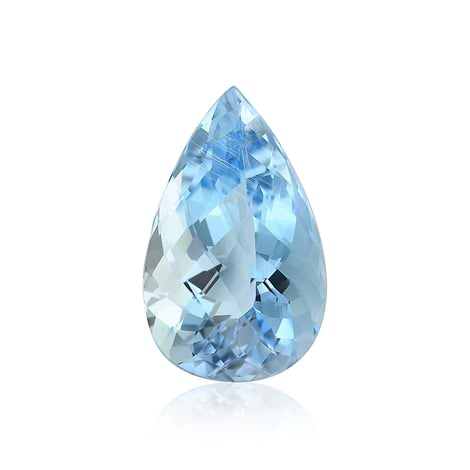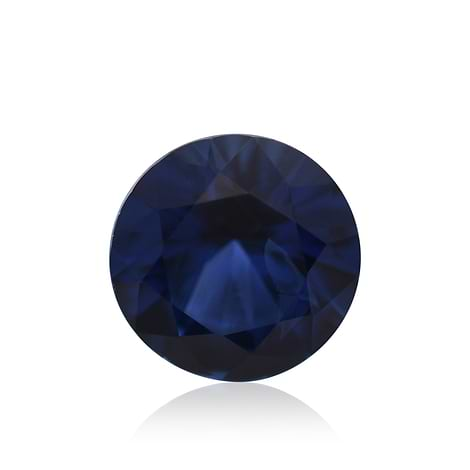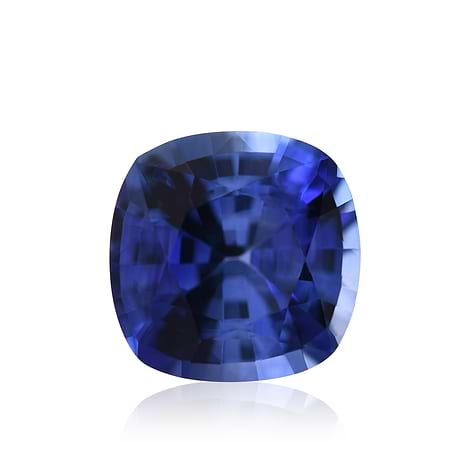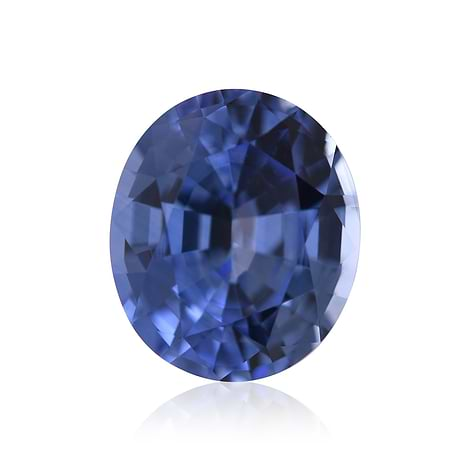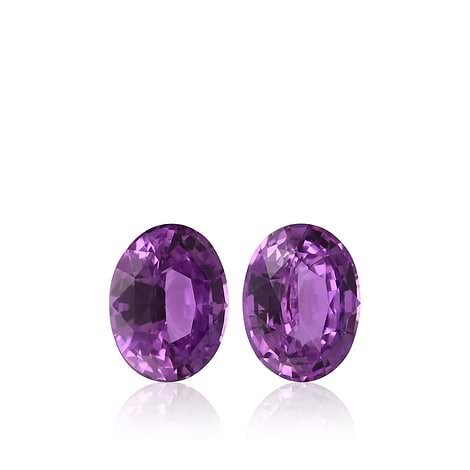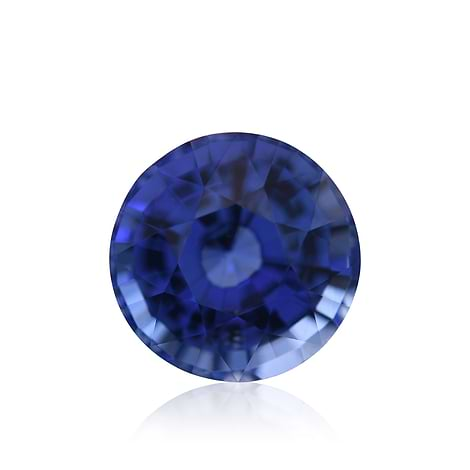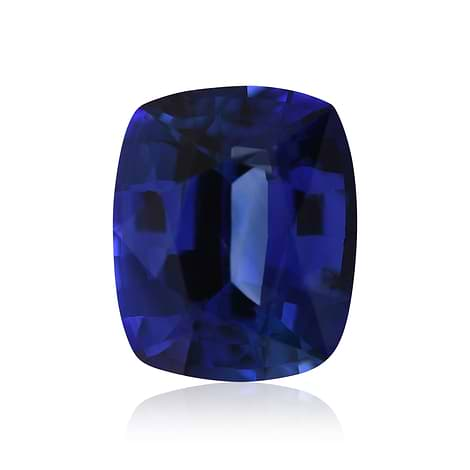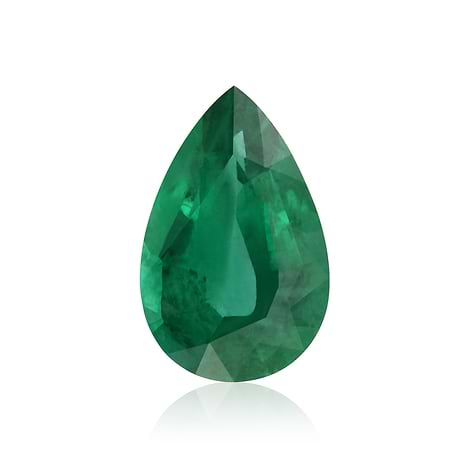The 4 Cs, for diamonds as well as for gemstones, are made up of cut, color, clarity, and carat. Unlike the three remaining Cs, clarity refers to what the stone should not have. Meaning, color addresses the most desired colors along with the undesired, cut discusses the ideal and less ideal cuts, and finally carat size summarizes the most sought after and substantial carat sizes, how they are measured, and what the implications are.
Clarity, on the other hand, especially clarity in gemstones, relates to the various types of inclusions and how they affect the gemstone. Since gemstones have considerable more inclusions than diamonds, the presence of these inclusions do not significantly reduce the gemstones’ values. Here is a look at what factors determine the clarity level of a colored gemstone.
Naturally Inclined to Inclusions
Before you begin looking into the clarity level of various gemstones, you should understand that certain types of gemstones are more naturally inclined to inclusions than other stones. For instance, emeralds and rubies generally contain more “acceptable” inclusions than citrine, aquamarine, and blue topaz. Therefore, if you have your mind set upon an inclusion-free stone, or the closest thing to it for an affordable price, you might want to plan accordingly.
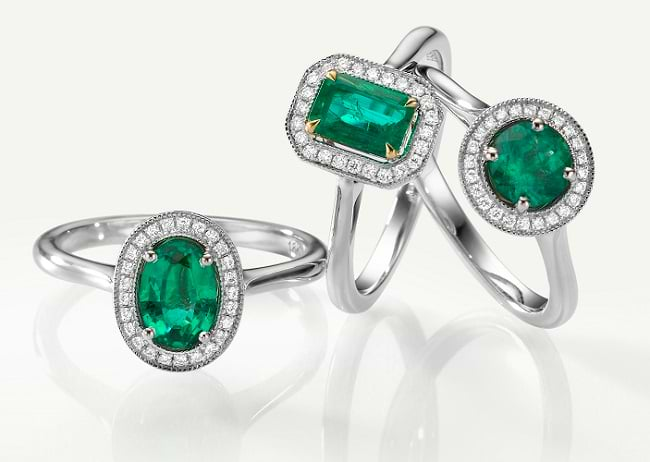
3 Emerald rings with various amounts of inclusions
Clarity Levels Explained
In order to comprehend how clarity in gemstones really works, you need to understand the inclusions and how they are classified. Basically, inclusion categories are split into how visible they are.
The highest clarity category is Free of Inclusions. This does not mean that there are absolutely no inclusions whatsoever because gemstones are natural after all, and as nature will have it, even the finest stones have some type of minuscule “flaw.” It does mean, however, that even under 10X magnification the inclusions cannot be seen. For all intents and purposes, this type of stone is inclusion-free; the highest clarity level obtainable in gemstones.

Rose Quartz earrings and pendant with no inclusions
The next category is Very Lightly Included. This refers to stones that may have inclusions that can be seen by a professional with the help of a lens. Then we have Lightly Included. Lightly Included stones have inclusions that can be detected through 10X magnification, but cannot often be seen by the naked eye.
The category of Moderately Included gemstones includes stones with inclusions that one can see, unaided by any tool. Generally, although these types of stones include visible flaws, they are present in a way that does not destroy the stone’s beauty or total value.
Lastly, Heavily Included and Excessively Included stones are ones with very visible inclusions that do affect the stone’s appearance. In the case of the latter category, the inclusions are so severe that they may have an effect on the stone’s durability.
A Gemstone’s Brilliance
For the most part, high clarity in a gemstone is achieved when there aren’t noticeable flaws, or ones that affect its appearance. Additionally, however, a gemstone’s clarity can be affected by its brilliance. A stone achieves brilliance by the way it is cut. Therefore, when a stone is cut, it is not only important to get rid of any possible inclusion, but to maximize its brilliance as well.
Brilliance is accomplished most successfully when the stone has proper depth. The depth of a diamond is its height divided by its narrowest width. An ideal depth for a stone is anywhere from 60% to 80%, so stones with a 50% depth can be considered shallow, and will be unable to maintain good saturation. Similarly stones with a high depth such as 90% can end up appearing too dark, especially if it has a dark tone to begin with.
Like the other aspects of a gemstone, it is wisest to go with stones boasting middle-range levels, as they are the best value. Stones with the highest clarity levels available can be outrageously priced. It is important to remember that each gemstone type has its own acceptable and typical clarity levels and this should be considered accordingly.

Ruby and diamond ring and earrings
